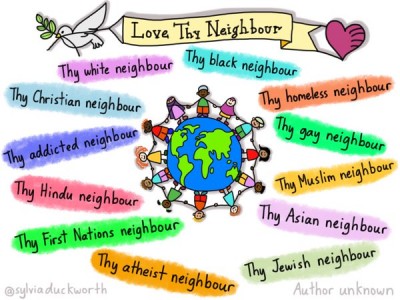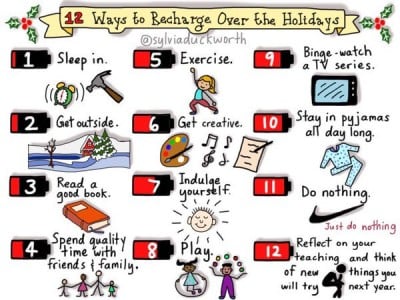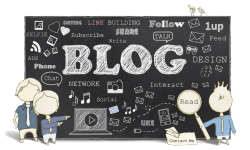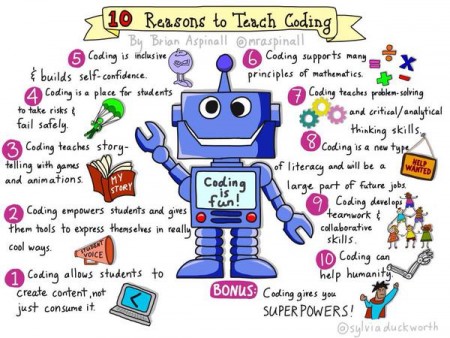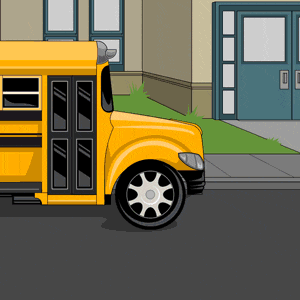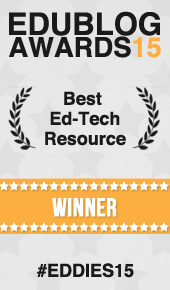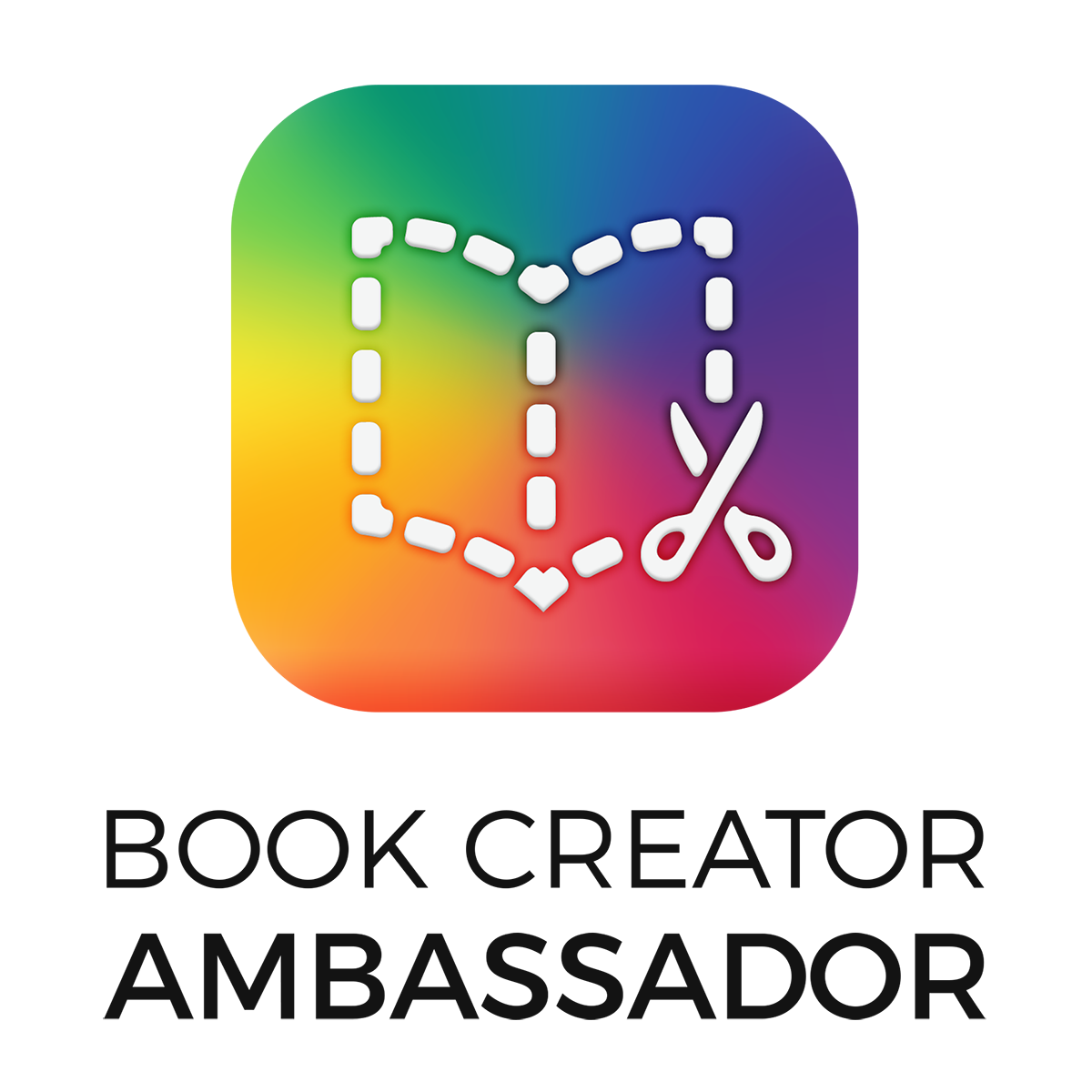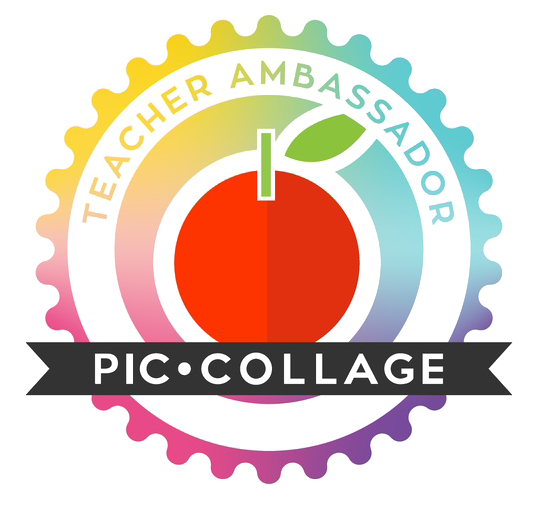Teaching Tolerance: Love Thy Neighbor Sketchnote
Sketchnote guru Sylvia Duckworth is back again—this time with another amazing drawing highlighting a very significant message for all of us: The importance of being kind, tolerant and respectful of one another regardless of race, religion, socio-economic status and/or sexual orientation.
Today, more than ever, our students interact with a variety of individuals. Classrooms are increasingly diverse, reflecting the communities where families live and work. These differences enrich our culture as they bring new ideas and energy to our lives.
That said, use the sketchnote shown below as a way to remind students to be respectful to each other no matter what the circumstances might be. Adopting such an attitude fosters an environment in which all students feel welcome, safe, accepted and valued—all of which will create a solid foundation for learning.
Classroom Connection:
Success in our connected world depends on being able to understand, appreciate and work with others. Therefore, we must teach our students to be tolerant and respectful of all individuals. This type of mindset will create opportunities in education, business and many other aspects of life.
Thank you Sylvia for this awesome visual but more importantly, for reminding us all of this one world, one heart concept!
